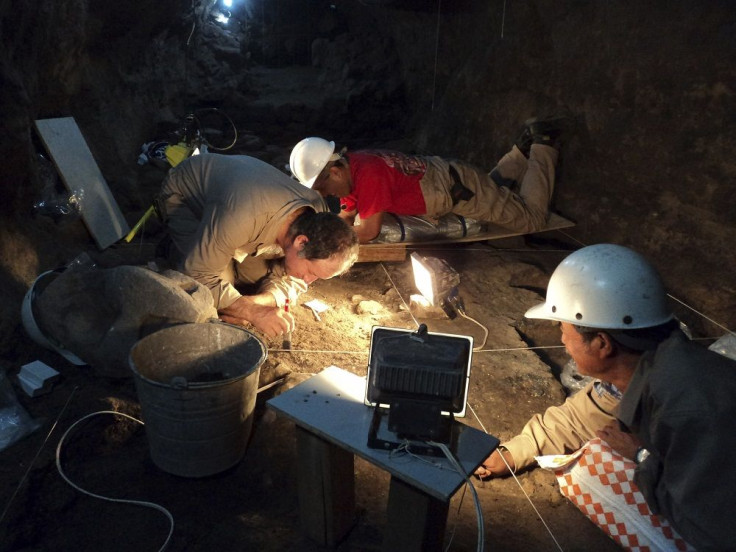Social Media Provide Archeologists New Opportunities To Promote Work

Archaeologists used to be limited to journals and lectures when revealing their new discoveries. Thanks to social media, they’ve found a new way to attract more public interest to their work. Social media is one way of sharing to the world new discoveries, increasing audience engagement and focusing their attention to an important aspect of cultural heritage.
According to Flinders University professor Mick Morrison, the world of archaeology is now using social media as an effective tool for communicating their research to a wider audience. Several archaeologists are now into blogging, a form of social media. As their works might be highly technical for the common folk, converting their findings to a more understandable medium will be a more effective way of inciting public interest.
“Archaeologists permeate the web because archaeology is fundamentally about the contemporary values held by people about (usually) the things (material culture, places, etc.) that are emblematic of ‘the past,’” Morrison stated on his Web site.
“For some archaeologists, the values that are of most importance are those held by intellectual elites in the context of western science. However, even the most ardent advocates of this form of traditional archaeology recognise that what they produce for highly specialised academic audiences is sometimes of wider value in the community. As a result, they produce media releases about the results published in otherwise inaccessible academic journals, promoting media coverage and community interest,” Morrison further explained.
The Oxford Bibliographies define public archaeology as “aspects of the broad field of archaeology that relate to the public interest. It has a number of key aspects, but perhaps the most significant in the United States are cultural resource management and communication with various community groups and public audiences about the practice of archaeology.”
Social media provides another way to promote outreach activities and keeps someone’s interests in the public’s mind. There are several archaeologist bloggers on the web such as Middle Savagery. The blog documents the work of Colleen Morgan. One of her fascinating blog entries is about Cambodia’s famous Angkor Wat Temple.
Another interesting blog is the Whitewater POW Camp Archaeology Project, which chronicles work about a World War II war camp in Manitoba, Canada. The Museum of London Archaeology and other non-profit organisations, which want to spread their data, have created Facebook pages for online audience interactions.
Social media is a powerful tool in spreading information, it's faster, and a post can go viral, leading to more website traffic and engagement. According to Statista, there will be around 2.13 billion social network users globally, up from just 1.4 billion in 2012.
It also noted that in 2012, 63.1 per cent of Internet users were social network users. In the United States alone, users spent 12.8 billion monthly minutes on social media.
Facebook is on the lead as the top social media platform, with over 1.1 monthly active users. There are other social media platforms utilised in spreading information, including Twitter, Linkedin and Instagram. Another platform is London-based Audioboom (London AIM:BOOM), which is rapidly gaining popularity among journalists, radio personalities, podcasters, and teachers.
To contact the writer, email: vittoriohernandez@yahoo.com





















